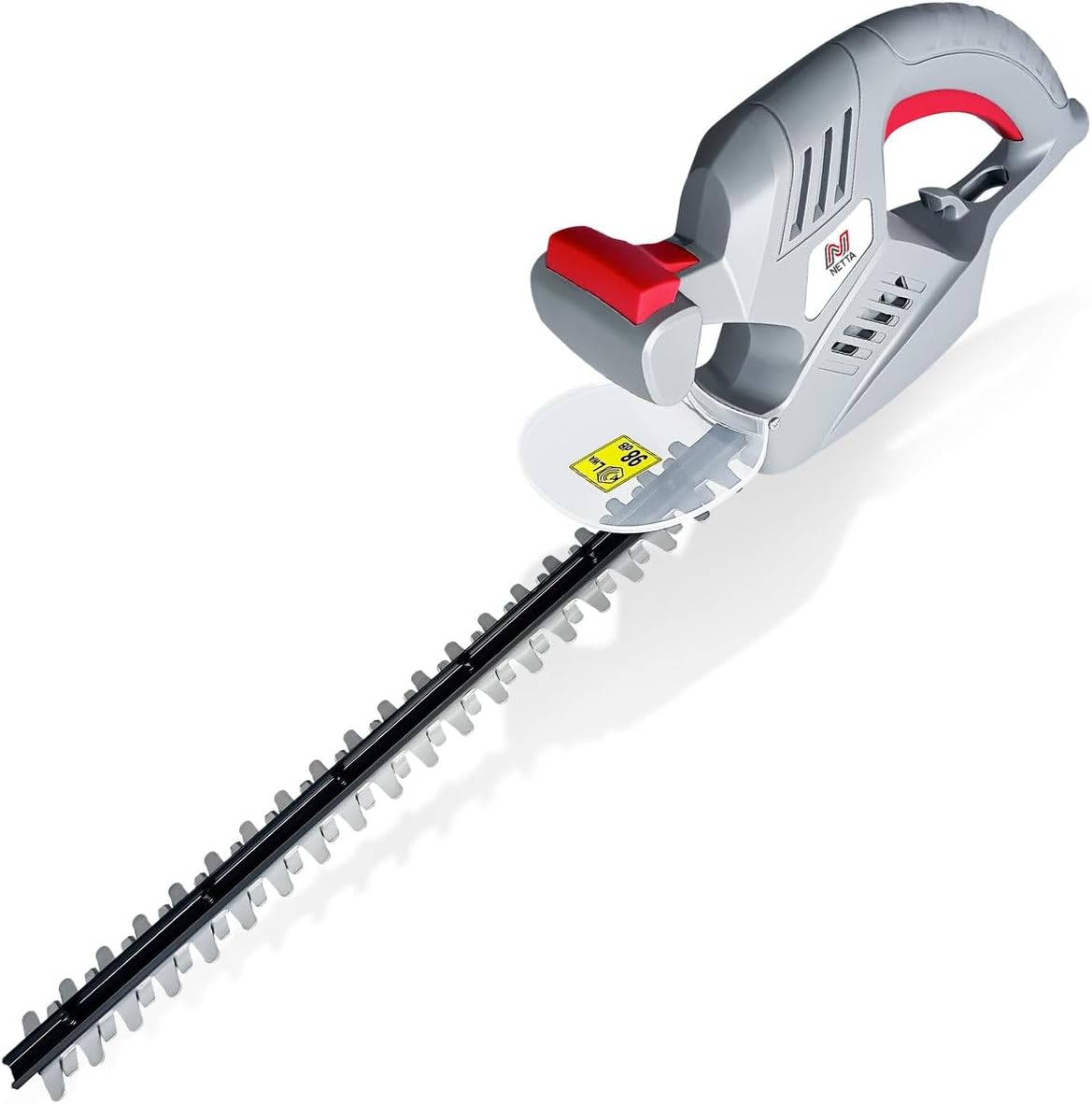In the realm of home construction and maintenance, the choice of roofing materials plays a crucial role in ensuring durability, aesthetics, and protection against the unpredictable British weather. With a plethora of options to choose from, ranging from traditional to modern, it can be challenging to determine which materials are frequently used in the UK. Whether it’s the classic slate tiles that adorn picturesque cottages or the sleek and eco-friendly metal sheets adorning contemporary houses, this article delves into the most commonly used roofing materials in the UK, providing you with insightful information to make an informed decision about your own roofing needs.
1. Clay Tiles
1.1 Traditional Clay Tiles
Traditional clay tiles have been used for centuries to create beautiful and durable roofs. Made from natural clay, these tiles offer a classic and timeless look that is characteristic of many historic buildings in the UK. They are available in a variety of colors and shapes, allowing homeowners to achieve the desired aesthetic for their roofs. Clay tiles are known for their longevity and resistance to fire and harsh weather conditions. While traditional clay tiles require regular maintenance to prevent moss and algae growth, they are a popular choice for those looking for a traditional and durable roofing option.
1.2 Modern Clay Tiles
In recent years, modern clay tiles have gained popularity in the UK. These tiles are manufactured using advanced technology, which allows for greater precision and consistency in their production. Modern clay tiles offer the same durability and fire resistance as traditional clay tiles, but with the added benefits of being lighter in weight and easier to install. They are available in a wide range of colors and finishes, allowing for greater design flexibility. With their combination of traditional aesthetics and modern manufacturing techniques, modern clay tiles are a popular choice for homeowners seeking a blend of classic and contemporary style.
2. Concrete Tiles
2.1 Plain Concrete Tiles
Plain concrete tiles are another commonly used roofing material in the UK. These tiles are made from a mixture of sand, cement, water, and pigments, which are then shaped and cured to create durable roofing tiles. Plain concrete tiles are known for their affordability, making them a popular choice for budget-conscious homeowners. They are available in a variety of colors and profiles, allowing for different design options. While plain concrete tiles may not offer the same aesthetic appeal as clay tiles or natural slate, they provide a practical and cost-effective roofing solution.
2.2 Interlocking Concrete Tiles
Interlocking concrete tiles are a variation of plain concrete tiles that offer additional benefits. These tiles are designed to interlock with each other, creating a seamless and secure roofing system. The interlocking design provides greater wind resistance and durability, making them suitable for areas prone to strong winds. Interlocking concrete tiles are also easier to install compared to traditional plain concrete tiles, saving both time and labor costs. With their superior performance and ease of installation, interlocking concrete tiles have become a popular choice for homeowners looking for a reliable and efficient roofing solution.
3. Slate
3.1 Natural Slate
Natural slate is a premium roofing material that is highly regarded for its elegance and durability. Quarried from natural stone, each slate tile is unique in terms of color and texture, creating a distinctive and luxurious look for any roof. Natural slate is known for its exceptional longevity, with many roofs lasting for over a century. It offers excellent resistance to fire, moisture, and extreme weather conditions. Natural slate requires skilled installation due to its weight and the need for careful handling. While it is a more expensive option, natural slate is often chosen for its timeless beauty and long-term value.
3.2 Synthetic Slate
For those seeking the look of natural slate at a more affordable price, synthetic slate is an excellent alternative. Manufactured from a combination of recycled materials, such as rubber and plastic, synthetic slate tiles mimic the appearance of natural slate while offering greater durability and a lighter weight. Synthetic slate is resistant to cracking, fading, and moisture, making it a low-maintenance roofing option. It is also easier to handle and install compared to natural slate, reducing both installation time and costs. With its cost-effectiveness and resemblance to natural slate, synthetic slate has become a popular choice for homeowners looking for a high-quality roofing material within a budget.
4. Metal
4.1 Steel
Steel is a versatile roofing material that offers durability, strength, and a modern aesthetic. Steel roofing is available in various profiles, including corrugated sheets, standing seam panels, and metal shingles. Steel roofs are known for their resistance to extreme weather conditions, including strong winds and hail. They are lightweight, making them suitable for both new construction and retrofit projects. Steel roofs often come with a protective coating, such as zinc or paint, to prevent corrosion and ensure long-term performance. With their sleek appearance and long lifespan, steel roofs are a popular choice for homeowners seeking a contemporary and durable roofing option.
4.2 Aluminum
Another popular metal roofing material is aluminum. Aluminum roofs offer many of the same benefits as steel, including durability, strength, and resistance to corrosion. However, aluminum is lighter and more pliable than steel, making it easier to work with during installation. Aluminum roofs are available in various styles and finishes, allowing homeowners to achieve the desired aesthetic for their roofs. They are often chosen for their energy efficiency, as aluminum is a highly reflective material that helps reduce heat transfer into the home. With its lightweight nature and aesthetic options, aluminum roofing is a popular choice for those seeking a reliable and visually appealing roofing solution.
4.3 Copper
Copper roofs are a premium option that exudes elegance and luxury. Known for their distinctive appearance and beautiful patina that develops over time, copper roofs are a timeless choice. Copper is a durable material that offers excellent resistance to corrosion, making it suitable for coastal areas where salt air can be corrosive to other roofing materials. Copper roofs are known for their longevity, with some roofs lasting for centuries. While copper is more expensive than other roofing materials, it is highly regarded for its durability, aesthetic appeal, and long-term value. Copper roofing is often chosen by those who appreciate its unique aesthetic and are willing to invest in a high-quality roofing material.
4.4 Zinc
Zinc roofs are another metal option that combines durability with a distinct appearance. Zinc is a lightweight and corrosion-resistant material that offers excellent longevity. Like copper, zinc roofs develop a natural patina over time, creating a unique and ever-changing look. Zinc roofs are available in various shades, ranging from bright silver to deep blue-gray, allowing homeowners to achieve different visual effects. Zinc is a sustainable material, as it is recyclable and requires less energy to produce compared to other metals. With its environmental benefits and aesthetic versatility, zinc roofing is a popular choice for homeowners seeking a durable and customizable roofing solution.

5. Asphalt Shingles
5.1 Three-Tab Asphalt Shingles
Three-tab asphalt shingles are a cost-effective and widely-used roofing material in the UK. These shingles are made from a fiberglass mat coated with asphalt and granules, providing protection against UV rays and harsh weather conditions. Three-tab asphalt shingles are lightweight, making them easy to install and ideal for various roof slopes. They are available in a range of colors and designs, allowing homeowners to achieve a desired visual effect. While three-tab asphalt shingles have a shorter lifespan compared to some other roofing materials, they offer reliable performance at an affordable price, making them a popular choice for residential roofing projects.
5.2 Architectural Asphalt Shingles
Architectural asphalt shingles, also known as laminated or dimensional shingles, offer a more premium and textured appearance compared to three-tab shingles. These shingles are made from multiple layers of fiberglass and asphalt, creating a three-dimensional look that mimics the appearance of natural materials, such as wood or slate. Architectural shingles are thicker and more durable than three-tab shingles, offering better resistance to wind, impact, and weathering. They are available in a wide range of colors, profiles, and designs, allowing homeowners to achieve a customized and high-end look for their roofs. With their enhanced aesthetics and superior performance, architectural asphalt shingles have gained popularity as a versatile and attractive roofing option.
6. Fiber Cement
6.1 Fiber Cement Shingles
Fiber cement shingles are a durable and low-maintenance roofing material made from a mixture of cement, sand, and cellulose fibers. These shingles are known for their excellent resistance to fire, pests, and rot, making them a reliable choice for long-term performance. Fiber cement shingles are available in various colors and styles, including traditional and contemporary designs. They offer a realistic imitation of natural materials, such as wood or slate, while providing the benefits of cement’s strength and durability. Fiber cement shingles require minimal maintenance and can withstand harsh weather conditions, making them a popular choice for homeowners looking for a reliable and aesthetically pleasing roofing option.
6.2 Fiber Cement Slates
Fiber cement slates are another variation of fiber cement roofing materials that mimic the appearance of natural slates. These slates offer the same durability and low-maintenance benefits as fiber cement shingles, with the added advantage of being lighter and easier to handle during installation. Fiber cement slates are available in different sizes and profiles, allowing for various design possibilities. They are resistant to moss, algae, and fading, ensuring a long-lasting and visually appealing roof. With their lightweight nature and realistic slate appearance, fiber cement slates are a popular choice for homeowners seeking a practical and cost-effective alternative to natural slates.

7. Thatch
7.1 Water Reed
Thatched roofs, made from water reed, have a long history in the UK and exude a charming and rustic appeal. Water reed is a natural material that is harvested and bundled to form thatch. Thatched roofs offer excellent insulation properties, keeping the interior of a building cool in summer and warm in winter. While thatch requires regular maintenance, including re-ridging and occasional repairs, it can provide a highly durable and weather-resistant roofing option when properly installed and cared for. Water reed thatch is often chosen by homeowners seeking a traditional and environmentally friendly roofing material that complements historic or rural buildings.
7.2 Combed Wheat Reed
Combed wheat reed thatch, also known as wheat straw thatch, is another traditional roofing option that offers a unique and natural aesthetic. Wheat reed is harvested and combed to remove the grain, leaving long and slender straws that can be used for thatching. Combed wheat reed thatch provides excellent insulation and is resistant to wind and rain when properly maintained. It requires regular maintenance, including re-ridging and periodic repairs, to ensure its longevity and performance. Combed wheat reed thatch is often chosen for its rustic charm and traditional appeal, adding character and warmth to both historic and contemporary buildings.
7.3 Long Straw
Long straw thatch is a traditional roofing material that offers a distinct appearance and a sense of history. Long straw refers to the stems of cereal crops, such as wheat or rye, which are harvested, bundled, and thatched onto roofs. Long straw thatch provides good insulation properties, making it energy-efficient and environmentally friendly. It requires regular maintenance, including re-ridging and occasional repairs, to protect against weathering and pests. Long straw thatch is often chosen for its traditional and rural aesthetics, evoking a sense of heritage and craftsmanship. It is a roofing option that adds charm and character to historic and rural buildings.
8. Green Roofing
8.1 Sedum
Sedum green roofs, also known as extensive green roofs, are a type of living roof that consists of a shallow layer of soil planted with various low-growing sedum plants. Sedum green roofs offer numerous benefits, including improved insulation, stormwater management, and the promotion of biodiversity. They are lightweight and require minimal maintenance, making them a suitable option for a range of buildings. Sedum green roofs are known for their visual appeal, with the sedum plants providing a burst of color and texture throughout the year. They are a popular choice for homeowners seeking an eco-friendly and visually striking roofing solution.
8.2 Wildflower Meadow
Wildflower meadow green roofs, also known as biodiverse green roofs, are designed to replicate natural meadows with a diverse mix of native plants and wildflowers. These green roofs provide habitat for wildlife, support pollinator populations, and enhance the ecological value of a building. Wildflower meadows offer a range of visual displays throughout the year, with different plants blooming at different times. They require little maintenance and are adaptable to various soil conditions. Wildflower meadow green roofs are often chosen by those seeking to create a positive impact on the environment and enjoy the natural beauty and biodiversity that they bring.
8.3 Roof Gardens
Roof gardens, also known as intensive green roofs, are designed to create usable outdoor spaces on the roof of a building. These gardens can support a wide range of plants, including trees, shrubs, and flowers, creating a lush and vibrant oasis in an urban setting. Roof gardens offer various benefits, including enhanced insulation, stormwater management, and improved air quality. They require regular maintenance and may need irrigation systems to ensure the proper growth of the plants. Roof gardens provide a unique and enjoyable outdoor space, allowing homeowners to create gardens, social areas, or even vegetable plots on their roofs.
9. Solar Tiles
9.1 Photovoltaic Solar Tiles
Photovoltaic solar tiles, also known as solar shingles, are a roofing material that integrates solar panels into the roof. These tiles are designed to resemble conventional roofing materials, such as clay tiles or asphalt shingles, while harnessing solar energy to generate electricity. Photovoltaic solar tiles offer the benefits of renewable energy generation without compromising the aesthetic appeal of the roof. They can be installed on new buildings or retrofit onto existing roofs, providing a sustainable energy solution. Solar tiles require little maintenance and can help reduce energy costs over time. With their combination of functionality and seamless integration, solar tiles are a popular choice for homeowners looking to reduce their carbon footprint and embrace renewable energy.
9.2 Solar Thermal Tiles
Solar thermal tiles are another type of solar roofing material that utilizes the sun’s energy to provide hot water for a building. These tiles are designed to capture solar radiation and transfer it to a fluid, which is then used to heat water for domestic or commercial purposes. Solar thermal tiles are highly efficient in converting sunlight into usable thermal energy. They can be integrated seamlessly into the roof, providing a sustainable and cost-effective solution for heating water. Solar thermal tiles require minimal maintenance and can contribute to reducing energy consumption and reliance on conventional heating systems. With their ability to generate renewable heat, solar thermal tiles are a popular choice for homeowners looking to reduce their energy bills and environmental impact.
10. EPDM Rubber
10.1 Ethylene Propylene Diene Monomer
EPDM rubber, also known as rubber roofing, is a durable and weather-resistant roofing material that is made from a synthetic rubber compound. EPDM roofs are commonly used for both flat and low-sloped roofs, such as extensions, garages, or commercial buildings. EPDM rubber offers excellent resistance to UV rays, ozone, and extreme temperatures, ensuring long-lasting performance in various weather conditions. EPDM roofs are lightweight, easy to install, and require minimal maintenance. The material is highly flexible, allowing for expansion and contraction without cracking. EPDM rubber is a popular choice for its affordability, durability, and versatility in both residential and commercial applications.
10.2 Synthetic Rubber
Synthetic rubber roofs are another option for flat or low-sloped roofs. These roofs are made from a blend of synthetic rubber compounds, such as ethylene propylene diene monomer (EPDM) or thermoplastic olefin (TPO). Synthetic rubber roofs offer excellent durability, weather resistance, and flexibility. They are resistant to UV rays, chemicals, and extreme temperatures, ensuring long-term performance. Synthetic rubber roofs are lightweight and easy to install, making them a cost-effective option for various applications. They require minimal maintenance and can be a reliable choice for homeowners looking for a durable and hassle-free roofing solution.
In conclusion, the UK offers a wide range of roofing materials to suit different needs and preferences. From traditional clay tiles and natural slate to modern concrete tiles and metal roofs, homeowners have plenty of options to create a functional and visually appealing roof. Factors such as aesthetics, durability, maintenance requirements, and budget should be considered when choosing the right roofing material. By understanding the characteristics and benefits of each material, homeowners can make an informed decision and invest in a roof that will protect their home for years to come. Whether it’s a classic clay tile roof, a contemporary steel roof, or an eco-friendly green roof, there is a roofing material available for every style and requirement in the UK.












